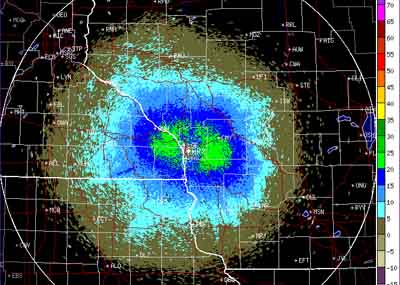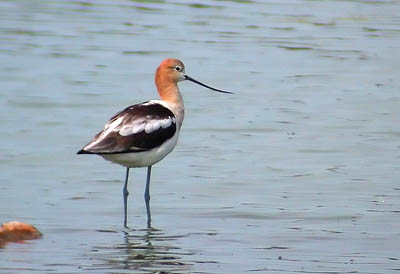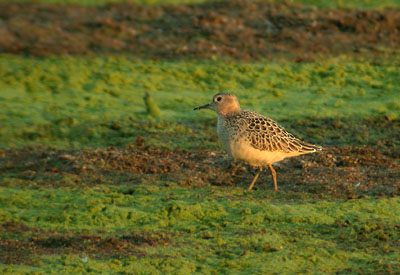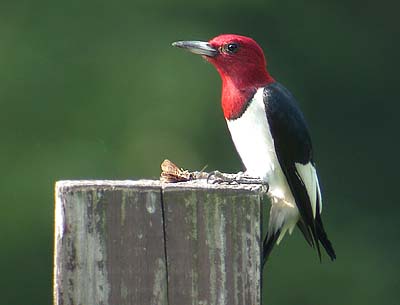 (click on image for larger version)
(click on image for larger version)An effective way to enhance your bird digiscoping (especially for shorebirds and waders) is to consider the perspective of the bird by lowering your tripod and reducing your shooting angle. The tripod I presently use is a
Bogen 3021BN tripod, which comes with a removable center post like many of their other tripod models have. Ever wonder what that triangular stop with the 3/8" bolt at the bottom of the post is for?

Bogen probably has a name for it, but I call it the
center post adapter. It can be removed from the post and then used in place of it by threading it directly to the bottom of a
Bogen 3130 head. By shortening the two rear legs and extending the front one for stability, you can reduce your shooting angle by more than half:
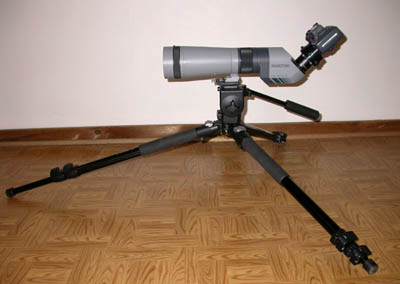
Before I bought the
3021BN I used the
3011BN tripod which didn't include a center post adapter. Nevertheless, you can still remove the center post, flip the entire thing over and re-insert it upside-down. Then all you have to do is use the rotation-release knob on the side of the spotting scope to turn it 180 degrees so your camera is accessible:
 (click on image for full view of configuration)
(click on image for full view of configuration)While this configuration can give you an incredibly low shooting angle with stability, your horizontal angle is restricted because the legs get in the way of the objective side of the scope. For even an even lower angle, there are situations when I've removed the entire spotting scope from the tripod and belly-crawl up to the edge of a pond and poke the objective lens slowly through the cattails
ala Arthur Morris style. This method was used for the
American Golden Plover shot from yesterday's blog entry. Of course, you have to have really good light and have fast shutter speeds for this technique to yield good results. Which is another reason why I strongly recommend a digital camera that has
aperture priority so you can see what your shutter speed is.
While Arthur's book
The Art of Bird Photography is written for SLR photography, there are lots of tips that can apply to digiscoping. Shorebirds and waders are among of my most favorite bird subjects. It's not always possible to use the above techniques, but you can take a look at
my gallery and probably guess which shots I employed these various methods.
All images © 2005 Michael Allen McDowell

















